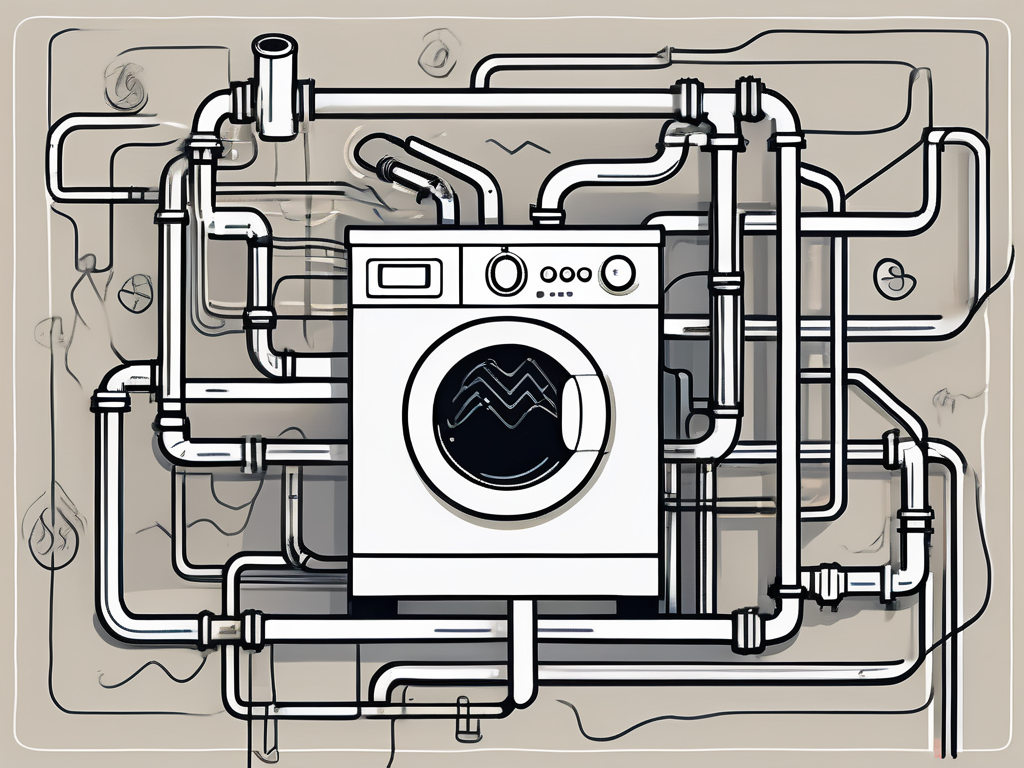Know It All: Unveiling the World of Credit Card Laundering
In the modern digital era, as transactions become effortless and cashless, credit card laundering emerges as a major risk to global financial systems. This article explores credit card laundering, uncovering its processes, potential consequences, and methods for detection and prevention.
Defining Credit Card Laundering
Credit card laundering refers to the process of disguising the illegal origin of funds obtained through fraudulent means by channelling them through legitimate credit card transactions. It involves using stolen or counterfeit credit cards, manipulating transactions, and funnelling the illicit proceeds into the financial system.
This illicit practice enables criminals to convert illegal funds into seemingly legitimate assets, posing severe threats to financial institutions, individuals, and the overall economy. By understanding the intricacies of credit card laundering, we can better comprehend its far-reaching implications and work towards implementing effective preventive measures.
How Credit Card Laundering Works
The Exploitation of Stolen Credit Cards
Credit card laundering involves the intricate process of exploiting stolen credit card information to facilitate illicit activities. It begins with criminals acquiring stolen credit card data through various means, such as hacking, phishing, or skimming. This stolen information is then traded and sold on dark web marketplaces, where cybercriminals can purchase card details to carry out illegal transactions. These dark web platforms provide a cloak of anonymity, allowing criminals to operate discreetly and further propagate payment card fraud.
The Money Laundering Journey
Credit card laundering involves a step-by-step process through which illicit funds are funnelled through seemingly legitimate credit card transactions. Criminals employ layering techniques to obfuscate the origins of these illicit funds, making it difficult to trace them back to their illegal activities. By utilising a series of transactions, transfers, and financial manoeuvres, they create a complicated web of financial activity, making it challenging for authorities to identify money laundering.
The Consequences of Credit Card Laundering
Individual Impact and Financial Loss
Credit card laundering inflicts severe consequences on innocent victims, resulting in detrimental effects and long-lasting repercussions. When credit cards are compromised and used for illicit activities, individuals suffer financial losses, often bearing the burden of unauthorised and illegal transactions and fraudulent charges.
The process of recovering stolen funds and restoring credit can be time-consuming and emotionally distressing, causing significant disruption to victims' lives. Additionally, the loss of personal and financial information can lead to identity theft and further financial hardships.
Economic Implications and Societal Costs
Credit card laundering extends its impact beyond individual victims, affecting financial institutions, merchants, and the overall economy. The illicit proceeds derived from credit card laundering often serve as a source of funding for organised crime syndicates, perpetuating their illegal activities and undermining societal well-being.
Financial institutions face reputational damage, regulatory scrutiny, and financial losses as they bear the burden of illegal transactions. Moreover, the economy suffers from decreased consumer confidence, increased costs for fraud prevention measures, and the redirection of resources to combat credit card laundering instead of fostering economic growth.
Detecting and Preventing Credit Card Laundering
Signs of Suspicious Activity
Recognizing signs of suspicious activity is crucial in detecting potential instances of credit card laundering. Unusual transaction patterns, such as a high volume of small transactions or frequent purchases from high-risk regions, can raise red flags. Additionally, anomalies like multiple declined transactions followed by a successful transaction or inconsistent billing and shipping addresses warrant further investigation.
Strengthening Anti-Fraud Measures
Businesses and financial institutions employ advanced technologies and solutions in their fraud detection systems to combat credit card laundering. Machine learning algorithms and artificial intelligence play a vital role in analyzing vast amounts of data, identifying patterns, and detecting fraudulent activities in real time. These technologies enable proactive monitoring, enhancing the accuracy and efficiency of detecting and preventing credit card laundering.
Real-Life Instances of Credit Card Laundering
Here are a few real-life instances of credit card laundering:
- Case of CardSystems Solutions (2005): In one of the largest cases of credit card fraud, CardSystems Solutions, a payment processing company, exposed as many as 40 million credit cards to potential theft. The company failed to protect cardholder data, leading to a massive breach. This case, while not strictly credit card laundering, highlights the risks associated with mishandling credit card data.
- Case of Jeremy Johnson (2016): Jeremy Johnson, an entrepreneur from Utah, was convicted of providing false information to a bank in connection with credit card laundering. Johnson's company, I Works, was accused of creating dozens of shell companies to process credit card transactions after their original accounts were shut down due to excessive chargebacks.
- Case of Allied Wallet (2019): Allied Wallet, a payment processing company, was implicated in a credit card laundering scheme where it helped unauthorised and fraudulent businesses to process credit card transactions. The company was accused of creating fake foreign shell companies to trick banks into processing transactions for businesses that major credit card companies had blacklisted.
- Case of Wirecard (2020): Wirecard, a German payment processor and financial services provider, was involved in a massive financial scandal involving alleged money laundering and credit card fraud. The company filed for insolvency after it was revealed that nearly €2 billion in cash on its balance sheet probably didn't exist.
The Future of Credit Card Laundering
With technology advancements, credit card laundering techniques are constantly evolving, creating security and fraud prevention challenges. It is essential to grasp emerging trends in credit card laundering for effective countermeasures. The future of credit card laundering holds both challenges and opportunities as technology continues to advance.
Criminals are expected to employ increasingly sophisticated methods, leveraging emerging technologies and exploiting vulnerabilities in payment systems. However, advancements in fraud detection, artificial intelligence, and blockchain technology offer potential solutions to combat credit card laundering and enhance security in the financial ecosystem.
Conclusion
Credit card laundering continues to pose a significant risk to individuals, businesses, and the financial industry as a whole. Understanding the intricacies of this illicit practice, implementing robust detection measures, and fostering collaboration between stakeholders are crucial steps towards mitigating its impact. By remaining vigilant and proactive, we can strive to create a safer financial environment and protect the integrity of electronic transactions.
Frequently Asked Questions (FAQs)
How do criminals engage in credit card laundering?
Criminals engage in credit card laundering by obtaining stolen credit card information through various means, such as data breaches or phishing scams, and then using that information to make fraudulent transactions or transfer funds to different accounts, making it difficult to trace illicit activities.
What are the consequences of credit card laundering for individuals?
Individuals who fall victim to credit card laundering may experience financial losses, unauthorised charges on their accounts, and potential damage to their credit scores. They may also face the hassle of resolving fraudulent transactions and restoring their financial security.
How can businesses protect themselves from credit card laundering?
Businesses can protect themselves from credit card laundering by implementing robust fraud prevention measures, such as using secure payment processing systems, conducting thorough customer verification, monitoring transactions for suspicious activity, and staying updated on the latest security technologies and industry best practices.
What are some common signs that indicate credit card laundering?
Common signs that indicate credit card laundering include frequent large transactions, multiple transactions from different locations within a short period, unusual patterns of purchases, inconsistent billing information, and rapid changes in spending behaviour or account activity.
How do financial institutions detect credit card laundering?
Financial institutions employ sophisticated fraud detection systems that use advanced algorithms and machine learning to analyse transaction patterns, identify anomalies, and detect potential instances of credit card laundering.
Can credit card laundering be completely eradicated?
While significant efforts are made to combat credit card laundering, completely eradicating it remains challenging due to the ever-evolving tactics employed by criminals.
Are there any technologies specifically designed to prevent credit card laundering?
There are technologies specifically designed to prevent credit card laundering such as advanced fraud detection systems, machine learning models, behaviour analytics, and real-time transaction monitoring tools.
Anti-Financial Crime Compliance with Tookitaki?



